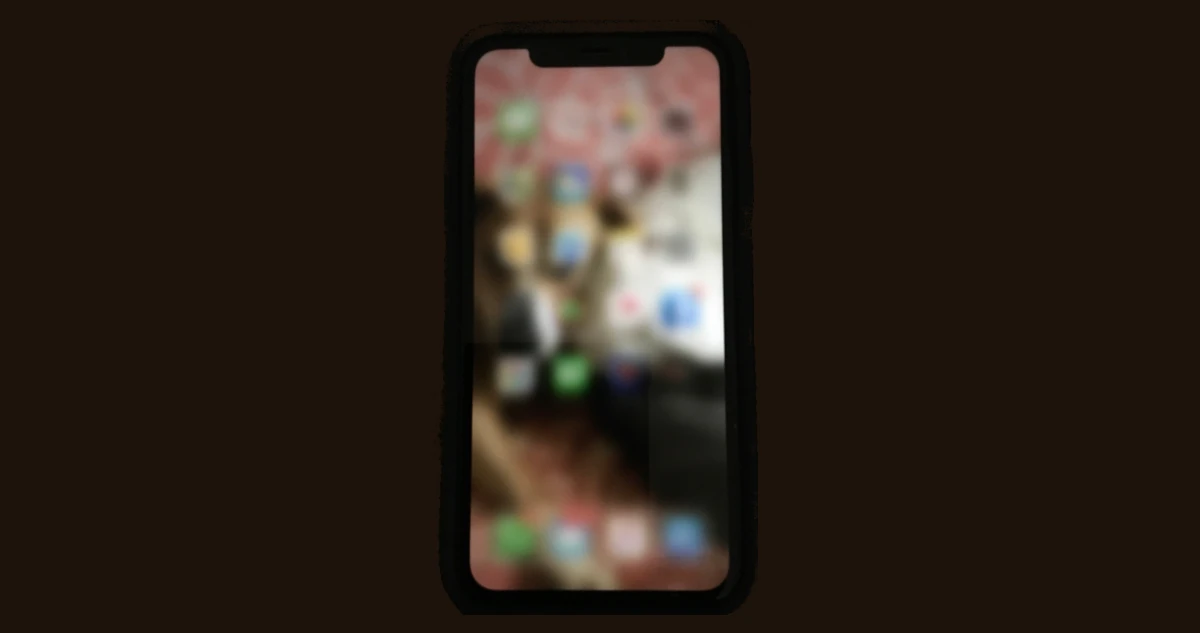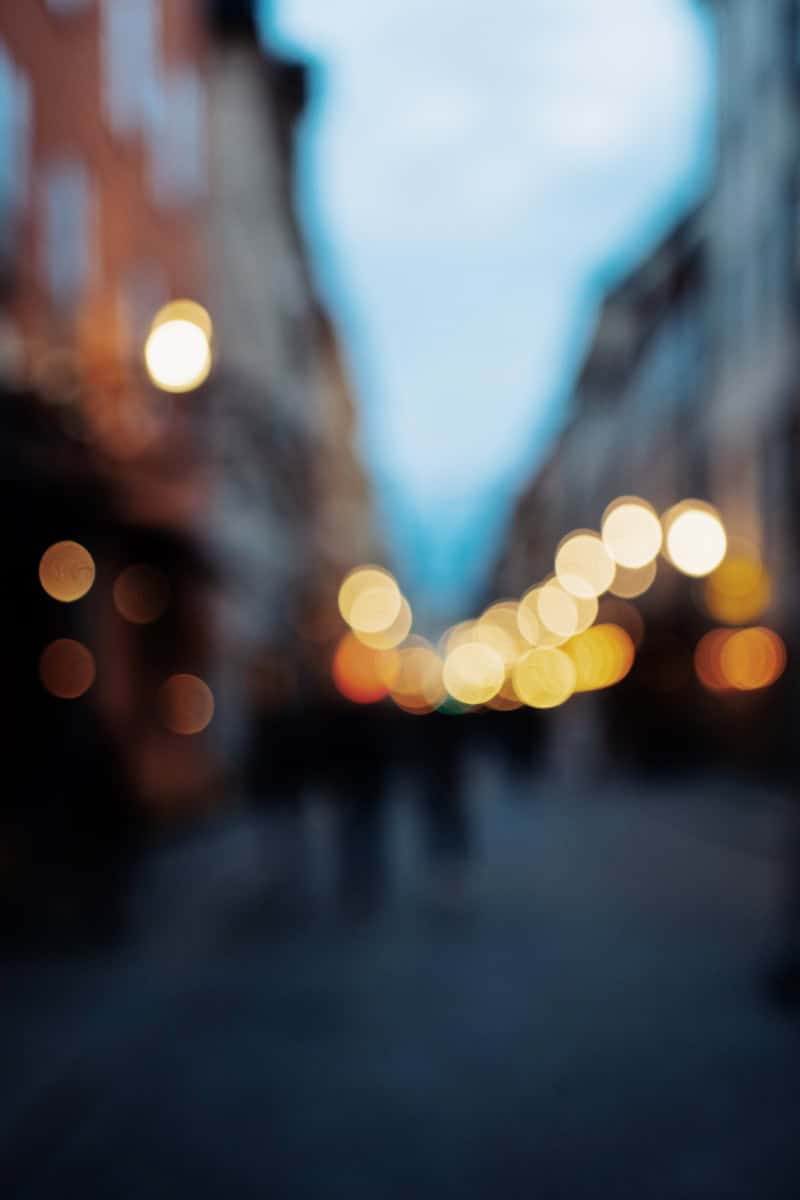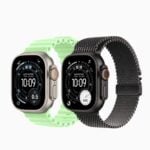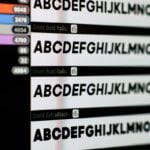A blurry iPhone camera can be a significant annoyance, disrupting the clarity and quality of your photos. Various factors can cause your iPhone’s camera to take fuzzy pictures, ranging from a smudged lens to software glitches. Understanding these causes is the first step towards resolving the issue. It is essential to identify whether the problem lies in the hardware, such as dirt on the camera lens, or within the software settings that manage the camera’s functioning.
If your photos are coming out unclear, solutions may be simple and quick. Cleaning the lens with a soft, dry cloth can often clear away any obstructions that cause blurriness. Checking for updates and restarting the camera app can also resolve software-related problems. In some cases, more technical solutions may be necessary, like adjusting the settings or even consulting with Apple Support for potential repairs. By systematically testing these potential fixes, you can usually restore your iPhone camera’s sharpness.

Why Is My iPhone Camera Blurry? Complete Troubleshooting Guide
A blurry iPhone camera can be incredibly frustrating, especially when you’re trying to capture important moments. The good news is that this is a common issue that many iPhone users face, and it’s usually solvable with some basic troubleshooting steps (source: CameHub).
Common Causes of iPhone Camera Blur
1. Dirty Camera Lens
The most common culprit is a dirty or smudged camera lens. Even tiny fingerprints, dust, or lint can significantly impact image quality.
2. Camera Shake or Movement
Slight hand movements during photo capture, especially in low light conditions, can cause motion blur.
3. Auto-Focus Issues
Sometimes the iPhone’s autofocus system struggles to lock onto the correct subject, resulting in blurry images.
4. Software Glitches
Temporary software bugs can affect camera performance and image processing.
5. Hardware Problems
Physical damage to the camera module, lens, or internal components can cause persistent blur issues.
6. Optical Image Stabilization (OIS) Malfunction
On newer iPhones with OIS, mechanical issues with the stabilization system can cause wavy or blurry photos.
Step-by-Step Troubleshooting Solutions
Step 1: Clean Your Camera Lens
- Use a clean, lint-free microfiber cloth
- Gently wipe the camera lens in circular motions
- Check both front and rear cameras
- Remove any phone case that might be interfering with the lens
Step 2: Check Your Focus
- Tap the screen where you want to focus before taking the photo
- Wait for the yellow focus box to appear and confirm focus lock
- Try focusing on different distances to test autofocus functionality
Step 3: Stabilize Your Shot
- Hold your iPhone with both hands
- Brace your elbows against your body or a stable surface
- Use the volume buttons instead of the on-screen shutter button
- Consider using a tripod for critical shots
Step 4: Restart the Camera App
- Close the Camera app completely
- Swipe up from the bottom (or double-tap home button on older models)
- Swipe up on the Camera app to close it
- Reopen the Camera app
Step 5: Restart Your iPhone
- Press and hold the power button and volume down button
- Slide to power off
- Wait 30 seconds, then turn your iPhone back on
Step 6: Update iOS
- Go to Settings > General > Software Update
- Install any available updates
- Outdated software can cause camera performance issues
Step 7: Reset Camera Settings
- Go to Settings > General > Transfer or Reset iPhone > Reset
- Select “Reset All Settings”
- This won’t delete your data but will reset camera preferences
Step 8: Test Different Camera Modes
- Try switching between Photo, Portrait, and Video modes
- Test both front and rear cameras
- Check if blur occurs in all modes or just specific ones
Advanced Troubleshooting
Check for Physical Damage
Inspect your iPhone for:
- Cracks on the camera lens
- Dents around the camera module
- Water damage indicators
- Debris stuck in the camera housing
Test Camera Performance
- Take photos at different distances (close-up, medium, far)
- Test in various lighting conditions
- Record video to check for stabilization issues
- Use third-party camera apps to isolate software issues
When to Seek Professional Help
You should consider professional repair if:
- Cleaning and software fixes don’t resolve the issue
- The camera lens is physically damaged
- Blur persists across all camera modes and apps
- Your iPhone has been dropped or water damaged recently
Contact Apple Support or visit an Apple Store if your device is under warranty.
Prevention Tips
Keep Your Camera Clean
- Regularly wipe the camera lens with a microfiber cloth
- Store your iPhone in a clean environment
- Use a quality phone case with precise camera cutouts
Handle with Care
- Avoid dropping your iPhone
- Keep it away from extreme temperatures
- Don’t expose it to moisture or dust
Maintain Your Software
- Keep iOS updated to the latest version
- Regularly restart your iPhone to clear temporary files
- Close unnecessary apps running in the background
Conclusion
Most iPhone camera blur issues are easily fixable with basic troubleshooting steps. Start with the simplest solutions like cleaning your lens and checking focus, then work through the more advanced steps if needed. As noted by camera experts, iPhones have some of the best smartphone cameras available, so persistent blur issues are usually due to simple, correctable problems rather than fundamental camera flaws
Key Takeaways
- Blurry iPhone camera issues can stem from various causes such as dirt or software errors.
- Simple fixes include cleaning the lens and restarting the camera app.
- More complex issues may require adjusting settings or professional support.
Diagnosing Blurry iPhone Camera Issues
Blurry images on an iPhone camera can detract from capturing important moments. Understanding the causes and how to fix them is crucial for clear photographs.
Common Causes of Blurry Photos
Often a blurred photo is due to a dirty lens. Grease or a smudge from a finger can distort an image. Regular cleaning of the camera lens should be the first step in maintaining clear photos. A soft, lint-free cloth works well for this purpose. Debris or condensation inside the lens also leads to blurriness.
Troubleshooting Software Glitches
Software issues might make pictures blurry. These can stem from the camera app or the operating system itself. To troubleshoot, users should:
- Close and reopen the camera app to reset it.
- Restart the iPhone to clear any temporary software glitches.
- Update the operating system to ensure all software functions are up to date.
Identifying Hardware Problems
Physical damage to the camera lens could be the culprit. If troubleshooting software and cleaning the lens do not clear up the image, there might be a more serious issue. Apple support or a trusted technician should check the hardware if users suspect a problem.
Effective Solutions for Blurry iPhone Cameras
When an iPhone camera takes blurry photos, solutions range from simple cleaning to software updates or professional repairs. These steps can help restore picture clarity.
Cleaning and Maintenance Tips
A dirty lens can cause pictures to appear blurry. Use a microfiber cloth to gently wipe the lens. If the camera’s protective case is on, remove it and clean any debris or fingerprints off the lens.
Software and Firmware Updates
Sometimes the issue can be resolved by restarting the iPhone or force-closing the camera app. To force-close, swipe up from the bottom of the screen and swipe the camera app off the screen. For persistent problems, check for an iOS update and install if available. If issues continue, back up your data and restore the iPhone to factory settings.
Professional Repair Services
If none of the above solutions work, the issue may be hardware-related. Contact Apple Support for guidance or visit an Apple Store for camera repair. They can diagnose the problem and suggest the best course of action.







